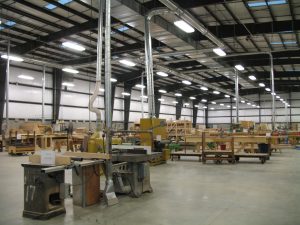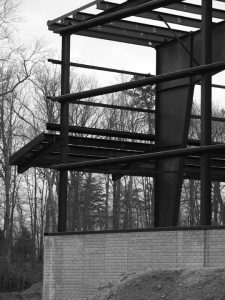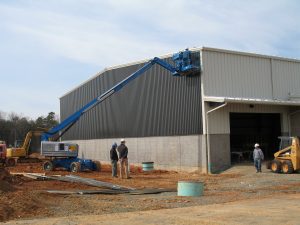
Better Living Mill Shop
The LEED rating system has faced some serious criticism over the last several years for the actual building performance vs. modeled performance. While I do support the program’s rating system as a tool to create better buildings, I see the point of the criticism. LEED is a simple points based system that can be used to get certification on poorly designed buildings just the same as well designed buildings. The other part of the equation is that if the building management team does not understand how to operate the new systems in the building it is likely that the building will not perform as modeled.
I do not blame LEED for creating a system that has flaws, I blame those that want LEED to be a system that creates a fail safe way to measure performance. LEED is just a tool, and you have to use it right. A lot of the criticism that I have read is solely focused on energy efficiency. LEED does more than just look at energy, it also looks at site development, water use, indoor air quality, and embedded energy of products used. This program has created a market for recycled content material, locally sourced materials, and FSC wood products. All of these items have a major impact on the quality of the building. Some of these products are used to gain a point and are not durable, some of these product perform as good or better than alternatives. In any case, LEED usage is pushing for new development of materials that will benefit us all in the long run.

While we have only done a handful of LEED projects, I do think I understand the way to use LEED as a tool to create better value for our clients. At Better Living we created a building that uses rainwater for a sprinkler system that allowed the building to be built (the well did not produce and would have killed the project), we found a solution to the air makeup requirements that actually cut energy use rather than adding to the energy use. We found local material solutions that reduced transportation costs and diverted 95%+ of all construction waste from the landfill. Using this system as a tool not only delivered an energy-efficient building, but gave us a platform to show our client the value added.

Transpired Solar Collector




